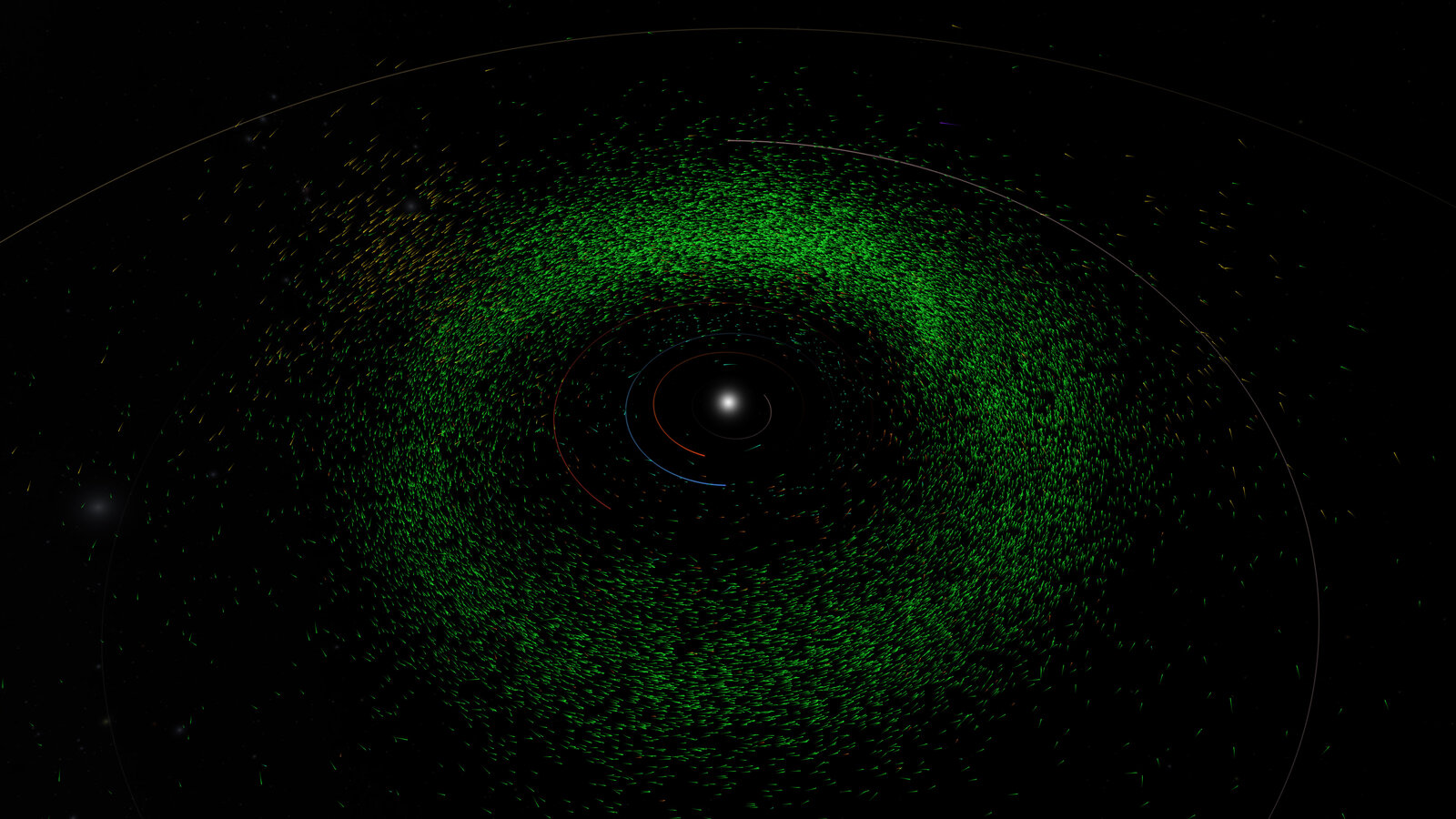A team of astronomers and data scientists, backed by the computing power of Google, has recently unveiled a groundbreaking discovery: they have identified 27,500 new asteroids, some of which are in close proximity to Earth.
Their collaboration is driven by a shared goal to expedite the creation of a comprehensive map of the solar system, crucial for planetary defense against potential asteroid collisions. Harvard astrophysicist Matthew Holman, involved in the development of asteroid tracking software, emphasizes the significance of this endeavor.
Using a sophisticated algorithm named Tracklet-less Heliocentric Orbit Recovery (THOR), developed by the B612 Asteroid Institute in collaboration with the Washington University DiRAC Institute, the team combed through 412,000 infrared images from the US National Optical-Infrared Astronomy Research Laboratory (NOIRLab) archive. This algorithm, powered by Google Cloud’s distributed computing network, sifts through vast amounts of data to distinguish between points of light that are asteroids and those that are not.
Dr. Ed Lu, a former NASA astronaut and executive director of B612, underscores the innovative nature of their approach. Despite lacking direct access to telescopes, their data-driven methodology has enabled the identification of tens of thousands of new asteroids.
The collaboration with Google Cloud marks a significant step forward. Massimo Mascaro, a technical director at Google Cloud, highlights the potential of this partnership to expand the scope of asteroid detection efforts. Additionally, the Asteroid Institute is exploring the integration of Google’s artificial intelligence technology to automate the verification process of potential asteroid candidates, thereby streamlining and accelerating their research efforts.
Ultimately, the aim is to enhance our understanding of the solar system’s dynamics and bolster our ability to mitigate the threat of asteroid impacts on Earth.















































